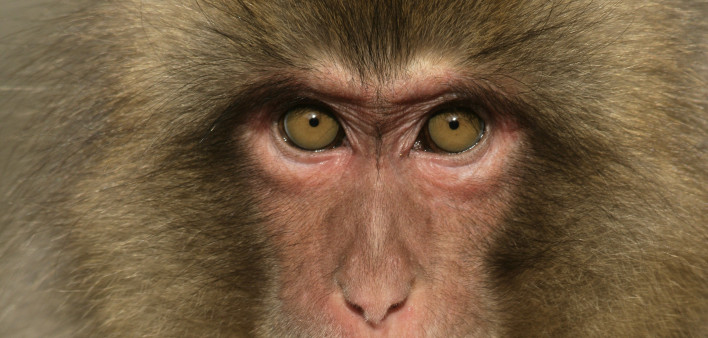A funny thing happened when rhesus macaque monkeys with HIV-like simian immunodeficiency virus (SIV) took a combination of antiretrovirals (ARVs) and immunotherapy: The monkeys started generating specialized immune cells that may be capable of hunting down and eliminating the virus from latent cells in lymph nodes and elsewhere, according to a study described in Nature Communications.
The HIV reservoir has been one of the enduring and frustrating barriers standing between scientists and the ability to cure HIV. That’s because even though people with an undetectable viral load effectively have no circulating HIV in their blood, HIV infects immune cells that go latent. Known as the viral reservoir, these resting cells harbor inactive HIV blueprints that can start churning out new virus when ARVs are stopped. While the meds can stop viral replication in cells that are active, they can’t target latent immune cells. Scientists have used all kinds of methods, including cancer drugs and CRISPR, to try to trigger those latent cells into activity so that ARVs can then swoop in and eliminate the virus.
So far, early studies in monkeys haven’t yielded results in humans—but monkey studies are where researchers start to see whether potential approaches are worth even trying in humans.
So Justin Harper, PhD, of the Yerkes National Primate Research Center at Emory University, and colleagues at Institut Pasteur in France infected 16 female rhesus macaque monkeys with SIV and, 35 days in, started them on a three-drug ARV regimen equivalent to Truvada (tenofovir disoproxil fumarate/emtricitabine) and Tivicay (dolutegravir).
Then, nine of the monkeys received four weekly doses of interleukin 21 (IL-21) at day 42 and again at day 189, followed by weekly interferon alpha starting at days 323 and 383. IL-21 and interferon alpha are natural cytokines, chemical messenger proteins that regulate immune function. Throughout, the monkeys continued to receive ARVs. Finally, at day 402, the researchers stopped all treatment, except the immunotherapy-treated monkeys continued to receive interferon alpha once weekly for seven weeks.
Along the way, researchers kept track of the monkeys’ viral load; later, they assessed blood to see how the monkeys’ immune cells reacted to the treatments. What they found was that the monkeys that received ARVs plus IL-21 and interferon alpha immunotherapy generated highly functional natural killer (NK) cells that recognized SIV proteins. NK cells are immune cells charged with destroying virus-infected cells and tumor cells. In contrast, the five control monkeys treated with only ARVs had less specialized NK cells that did not target SIV. What’s more, the monkeys that received immunotherapy had reduced levels of SIV in their lymph nodes and took longer to experience viral rebound after stopping ARVs, suggesting the specialized NK cells were doing their job, finding and eliminating SIV in the viral reservoir.
This doesn’t mean that human studies are immediately forthcoming, wrote Harper and colleagues. Instead, it’s a signal that, when goosed correctly, certain immune cells can hunt down SIV or HIV and eliminate it from the reservoir, at least in monkeys.
“This proof-of-concept study in rhesus monkeys, which progress to AIDS-like disease in the absence of [ARV treatment], demonstrates how certain NK cell activity can contribute to controlling the virus,” coauthor Mirko Paiardini, PhD, an associate professor of pathology and laboratory medicine at Emory University, said in a press release. “This opens the door to designing additional treatment strategies to induce SIV and HIV remission in the absence of [ARV therapy] and, ultimately, reducing the burden HIV is to individuals, families and the world.”
Click here to read the full study and the press release.
Click here to read more news about HIV cure.







Comments
Comments